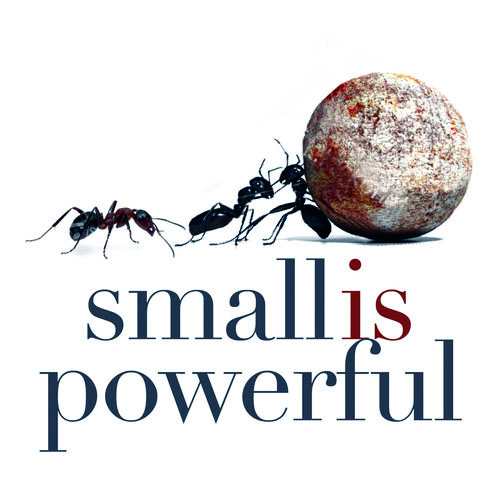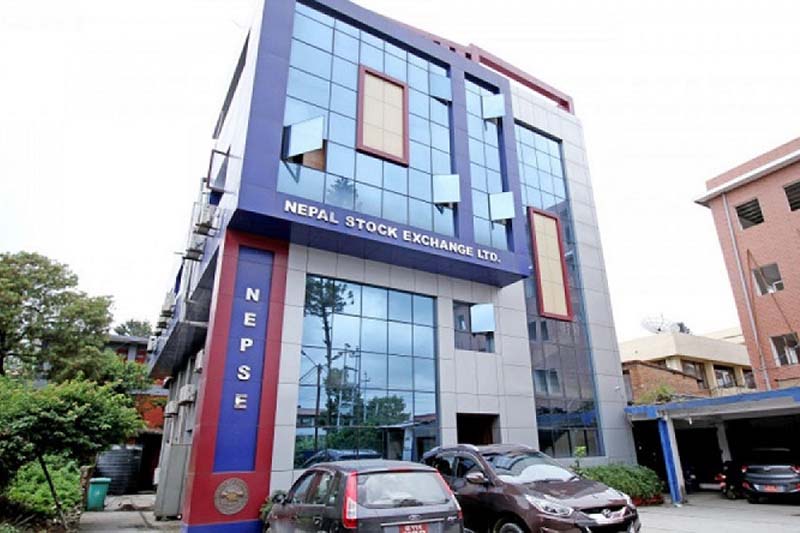
‘Small is beautiful’ is an old adage that applies mainly to micro units like the household, a firm or community. Smaller unit’s mean more flexibility and more dynamism in its management, adaptability and innovation. The adage can also apply to macro units like a country or economy. In the annual Economic Freedom of the World (EFW) reports produced by the Fraser Institute (Canada), it is the smaller economies and countries – small populations of only 1 to 10 million people – that often land at the top 12 most free economies.
The EFW is composed of five areas: size of government, legal system and property rights, sound money, freedom to trade, and regulation. The higher the score (from 1 to 10), the higher the degree of economic freedom.
Below are the top 12 economies in the EFW 2016 Report, and the big countries of South Asia. Afghanistan is not included yet in this annual report. Two sub-areas of area #4, freedom to trade, are included here, the average or mean percent tariff rates and the score in non-tariff barriers (NTBs). (see table)
The top 12 most free economies in the world in 2014 have (a) zero (HK) or low average tariff rates, max 6.7% only, and (b) high scores in NTBs, from 5.3 to 9.
Contrast the top 12 with some South Asian countries with medium (Nepal) to big or high population. The latter have low overall scores and global ranks in economic freedom. They also have high mean tariffs and low scores in NTBs.
Big countries tend to be become very bureaucratic. The national or central government tries to harmonise and impose uniformity in the country, so various initiatives from different communities and provinces are being curtailed if not outright prohibited.
While this sounds nice to central planners and national politicians and bureaucracies, it is unfair and unhealthy to smaller and distinct communities or ethnic and indigenous groups.
And this points to one long-term option for these big countries – to disintegrate and allow the creation of more, new countries from existing provinces or regions, especially those with distinct culture from the rest and/or separated by natural boundaries like a huge and long river, lakes and mountain ranges.
I have seen and visited Nepal and Bhutan. The latter with only 0.7 million people is doing fine with their own currency, energy and road network, international airport and so on.
Allowing the creation of small, more new countries out of existing big and very bureaucratic governments will allow more economic freedom to more people. There will be tax competition, governance competition, infrastructure competition among these new countries, compared to a single, monolithic, centralised and bureaucratic country.
This is not a fairy tale story but the actual experiences of smaller, freer countries and economies like Hong Kong, Singapore, New Zealand, Switzerland, Georgia, Ireland and Mauritius.



